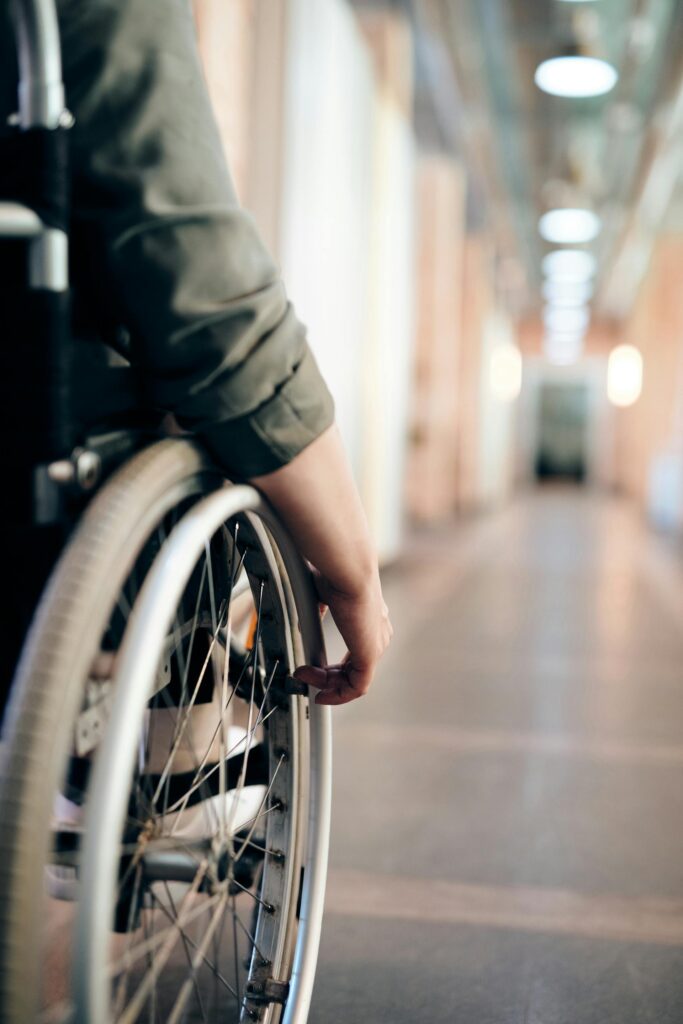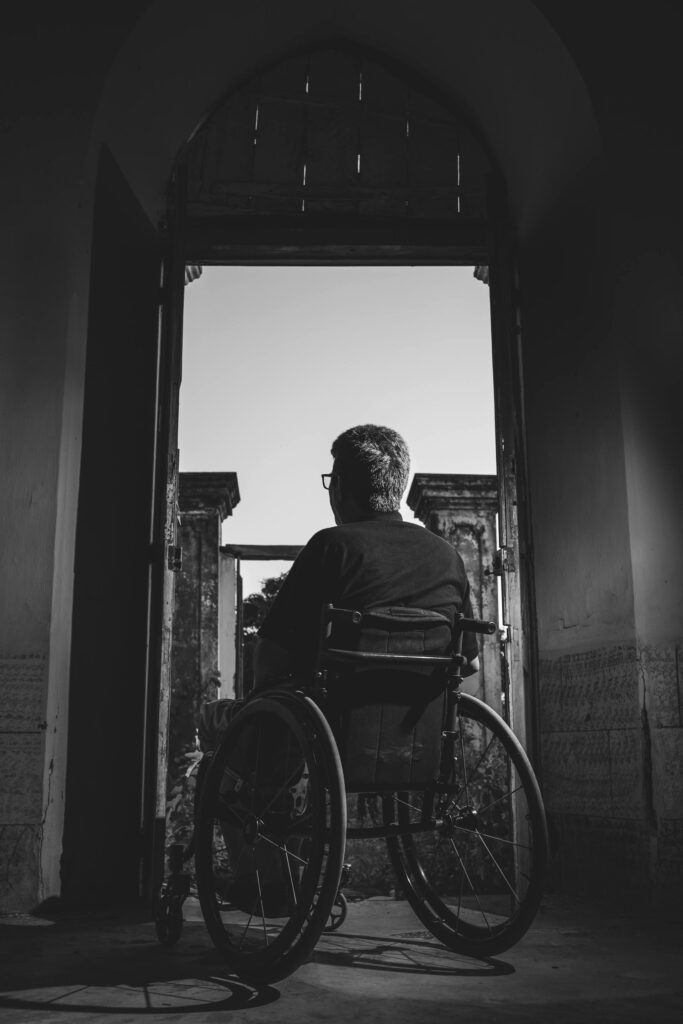As we age or face mobility challenges, our homes should be a place of comfort and safety. Unfortunately, many homes are not equipped to accommodate those with physical limitations, making everyday tasks more difficult or even dangerous. Home modifications for accessibility are key to ensuring that your living space remains functional and safe, allowing you to maintain independence and enjoy your surroundings. Fortunately, making your home more accessible doesn’t always require a major renovation. There are many affordable and effective changes that can help improve mobility and ease of use.
In this blog, we will explore some of the most common home modifications to enhance accessibility and provide you with ideas to make your home safer and more functional.
Ramps and Stairlifts: Solutions for Mobility Challenges
For individuals with mobility issues, stairs can be one of the most challenging obstacles in a home. Fortunately, there are two popular solutions: ramps and stairlifts.
Ramps: Installing a ramp at your front door or other entry points can eliminate the need for stairs, making it easier for individuals in wheelchairs, scooters, or those with walkers to enter and exit the home. Ramps are often relatively affordable, especially when built with simple materials such as wood or aluminum. You can choose from portable ramps or permanent ones, depending on your needs.
Stairlifts: If you live in a multi-level home and struggle with stairs, installing a stairlift is a great solution. Stairlifts are motorized chairs that move along a track mounted on the stairs, allowing users to easily travel between floors without needing to climb. Although stairlifts can require an upfront investment, they are a cost-effective option compared to moving to a new home or undergoing significant renovations.

Wide Doorways and Hallways: Accessibility for Wheelchairs and Walkers
One of the most important aspects of home accessibility is the ability to move freely through the space. For wheelchair users or individuals who rely on walkers, narrow doorways and hallways can be a major obstacle.
Wide Doorways: To accommodate wheelchairs or walkers, it’s crucial that doorways are wide enough for easy passage. Ideally, doorways should be at least 32 inches wide to provide comfortable clearance. If you live in an older home with narrow doorways, consider widening them or using sliding doors to create more space.
Hallway Accessibility: In addition to doorways, hallways should be wide enough to accommodate mobility aids. If your hallways are cramped, you may need to remove furniture or obstacles that block the path. In some cases, it may be necessary to widen the hallways to ensure that movement is unrestricted.

Bathroom Modifications: Walk-in Showers, Grab Bars, and Raised Toilets
The bathroom is one of the most hazardous places in the home, especially for those with limited mobility. Making simple modifications to the bathroom can greatly reduce the risk of accidents and provide greater independence.
Walk-in Showers: Traditional bathtubs with high sides can be difficult to get in and out of, especially for seniors or individuals with mobility challenges. A walk-in shower with a low threshold makes entering and exiting much easier and safer. Consider adding a bench or fold-down seat in the shower for extra comfort.
Grab Bars: Installing grab bars in strategic locations, such as near the toilet, shower, and bathtub, offers added stability and support. These simple devices can prevent falls and help individuals maintain their balance.
Raised Toilets: Toilets that are too low can be uncomfortable and difficult to use for people with knee or hip problems. A raised toilet seat or a taller toilet model can make sitting and standing easier, reducing strain on joints.
Simple Fixes: Non-slip Mats, Lower Shelving, and Easy-to-Reach Appliances
Not every accessibility modification requires major changes. Small, simple adjustments can make a big difference in improving safety and convenience.
Non-slip Mats: Slips and falls are common in bathrooms, kitchens, and hallways. To reduce the risk of accidents, use non-slip mats in high-risk areas like the bathroom floor, kitchen, and entranceways. These mats help provide better traction and stability.
Lower Shelving: Shelves and cabinets that are too high can make it difficult for individuals to access items. Consider lowering shelves in the kitchen, bathroom, or bedroom to make them more accessible. Alternatively, use pull-down racks or adjustable shelving systems that can be easily reached.
Easy-to-Reach Appliances: For individuals who have trouble bending down or reaching high shelves, repositioning appliances like microwaves, ovens, or laundry machines can make daily tasks more manageable. Lowering appliances or installing pull-out drawers can help reduce strain and prevent accidents.
Conclusion
Making your home more accessible doesn’t have to be an expensive or overwhelming process. With a combination of simple changes and more specialized modifications, you can create a safe and functional environment that allows you to live independently and comfortably. Whether you’re dealing with mobility issues, aging, or simply want to improve your home’s accessibility, there are affordable solutions available to meet your needs.
Home Modification Checklist:
Ramps or stairlifts for easier access between levels
Wide doorways and hallways to accommodate mobility aids
Walk-in showers and grab bars in the bathroom
Raised toilet seats for easier use
Non-slip mats in bathrooms, kitchens, and hallways
Lower shelves and cabinets for easier access
Easy-to-reach appliances to prevent bending or stretching
Start with one or two modifications and gradually make more as your needs evolve. A few thoughtful changes can make a world of difference in ensuring that your home remains safe, functional, and comfortable for years to come.
TotalCare Concierge’s Care Concierge service can aid you in reviewing what changes are needed and arranging for professionals to complete the work.

